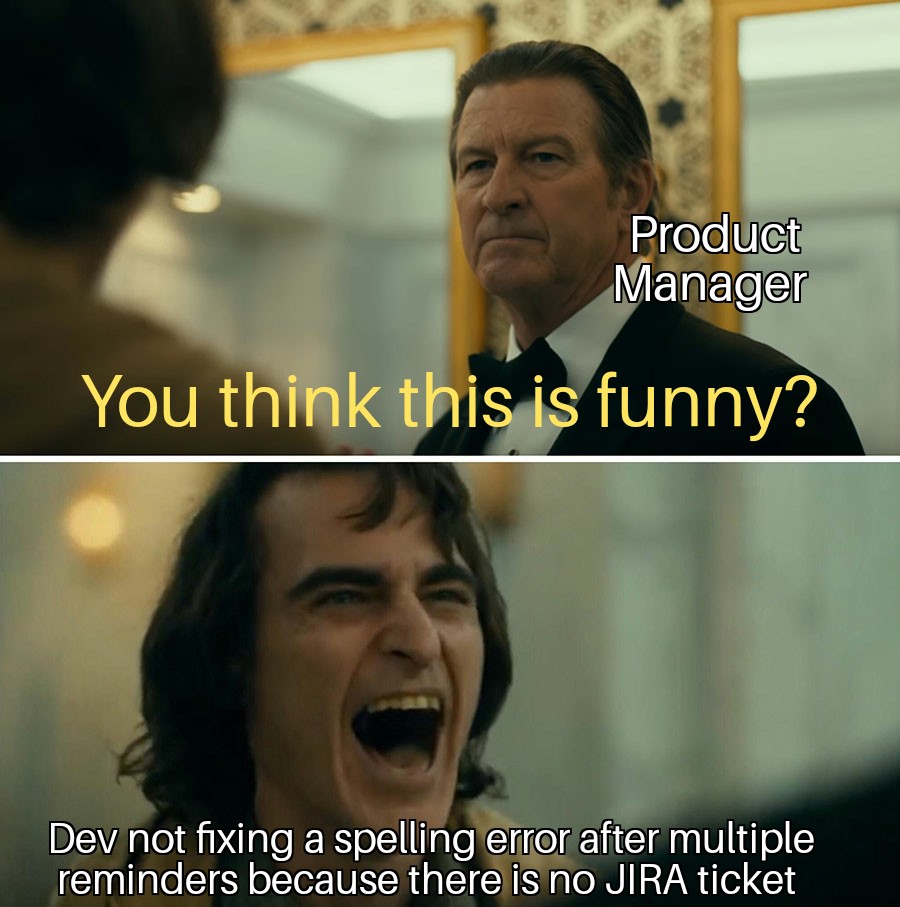In the current digital and remote working age, we are increasingly reliant on a lot of digital tools to get our job done. Companies are now migrating to digital solutions for processes that have been manual for decades. With time, these tools have evolved from just being a helping hand to an absolute must in their field. Different teams have their own unique requirements and thus their own set of favourite tools. Let’s discuss the top 5 product management tools that every Product Manager must be good at.


1. Note taking
As a Product Manager you are part of numerous meetings throughout the day. Decisions are made in these meetings, ideas are brainstormed, action items are decided, ETAs are communicated etc. Basically, there is a lot of verbal information floating around in such meetings. It often happens that after hours of discussion, there is no record of these meetings and people just forget about the different topics discussed. This leads to a lot of wasted bandwidth and inter-team conflicts with respect to unmet expectations.
As a Product Manager, you should be able to quickly and efficiently capture detailed notes in real time. Take the notes in whatever fashion you like, don’t worry about the grammar, typos and formatting. The only rule is that you should be able to understand these notes later on. Beautification can be done later.
My personal favourite for note taking is the good old pen and paper notes. Digital notes can never beat (or even meet) the experience and mental recall that you have when taking physical notes. However, there are few challenges with physical notes as well in terms of editing and accessibility. Thus we have to eventually get used to digital notes.
Now there are a lot of fancy note taking apps/software available – Evernote, OneNote, Apple Notes, Google Keep, the list is endless. However, i prefer a clean simple interface and thus often, my go-to choice for note taking is a simple text editor without any nuances. Notepad++ works best for me on Windows and TextMate on Mac.
A note is supposed to be temporary placeholder of thoughts and ideally, should not remain a note forever. As a practice, you should spend at least half an hour on the notes you took throughout the day and make sure that these notes are either –
- Converted into PRD (or whichever form of product documentation you prefer) or
- Sent out as minutes of meetings to the relevant stakeholders.
You can take care of all the editing and formatiing of notes while doing the above 2 steps.
2. JIRA (or other Project Management tools)
Whether you like it or not, the truth is that, as a Product Manager there will always be some element of Project management that you will have to deal with. This depends a lot on your company’s tech culture.
- There are companies where Product & Project management are 2 clearly defined roles and there is just a marginal project management work that a Product Manager may have to do.
- At the same time, there are companies where there is no disctinction between Product & Project management and the same person is carrying out both the roles.
Thus, using JIRA (or other project management tools) is unavoidable as a Product Manager. Besides this, once you get a hang of it, JIRA can save you a lot of time and effort.
- No more following up individually with the team members.
- Have documentation for those small small feature changes that we do which never make it to the PRD.
- Have a clarity in terms of what gets delivered and when.
I truly belive that operational efficiency and communication between Product and tech increases when both the teams use JIRA diligently.
On a side note, for good or for bad, sometimes the tech team just won’t work unless there is a corresponding JIRA ticket. Then it becomes an absolute must.


3. Postman (or other API collaboration tools)
A Product Manager has a relatively broad and vague job description. People often talk about diffreent types of product managers – Frontend, Backend, Full stack Product Manager to name a few.
I believe that you cannot just be a pure Frontend product manager with no knowledge of how things run in the backend. Backend is where all the action happens and you as a product manager should know the in and out of your product. And if you don’t, there is only limited improvent or innovation you can bring in to your product. You should have a good understanding of what all APIs are called when you press a button in your app for example. Having said that, i have seen product managers who shiver just at the mention of the word API and go completely blank.
Postman is a very good API collboration tool which allows you to play around with the APIs without requiring much technical knowledge. You should just know the basic inputs and outputs of different APIs. Investing some time in getting used to such a tool will help you a lot in the long run.
- You can now play around with various corner cases without being dependent on the QA or tech team.
- As a product manager, you spend an awful lot of time with the tech team. And once you put in some effort to better understand the tech nuances, you would eventually gain some brownie points and build a better rapport with the team. This can’t be quantified but having the tech on your side is a product management tools in itself and it simplifies your life a lot.
- Once you get a fair understanding of the backend APIs, the tech team won’t be able to take you for a ride. You can now have much more detailed and confident conversations with them.
- Playing around with the APIs is actually a lot of fun once you get used to it.
There are quite a few Postman alternatives available – Swagger and Fiddler to name a few. However, i think Postman outweighs most of them in terms of ease of use.
4. Wireframing Tools
Besides tech, the one team product managers spends a lot of time with is the Design team. As a product manager, you should be able to clearly communicate your vision of the user experience and user journey to the design team. If your vision of the UX is all verbal then there is going to be a significant gap between what you thought and what the design team created. This would lead to lot of unnecessary iterations and would also undermine your credibility within the design team. Moreover, once you start creating a wireframe, you may realise that the user journey that appeared super smooth in your head is actually not that smooth.
Just like others, there are many wireframing tools available. Balsamiq and Proto.io are few which i have used and they are quite good. However, the problem with almost all these tools is that they are all paid and usually companies (especially start ups) don’t invest in such tools. Their free versions are either time bound or have limited features. And based on my experience, product managers are not going to buy these tools out of their own pocket. For that reason, among the free tools, draw.io is the one that I prefer because –
- It’s pretty easy to use
- Allows you to quickly create detailed wireframes
- Save and export your files and,
- It is completely free
5. Analytics Tools
Once your product is live, then it’s all about monitoring the performance. You can be the best product manager and make the best product ever (if something like that even exists) but it won’t mean anything if it is not used by the customers. That’s where analytics comes in. It lets you keep a track of your user’s actual journey on the platform. As a product manager, you would have different metrics defined for your product like –
- Daily Active Users (DAU) and Monthly Active Users (MAU)
- What all pages users often visit
- Which buttons have a high Click Through Rate (CTR)
- Where exactly the drop off happens in your transaction funnel
You can’t and shouldn’t rely completely on other teams (Analytics, Marketing), to get this data. Accessing and understanding all this data first hand, can help you a lot in improving your product’s success metrics.
Google Analytics is pretty much the gold standard when it comes to website analytics. However, now with more and more push towards mobile apps, mobile analytics platforms are also gaining popularity. Firebase and Appsflyer are few such examples but there are numerous other analytics platforms available in the market. Depending upon your organization, you may be using some other tool but whatever it is you need to be good at it.
Honorary Mentions
Competitive Research
This is more of a process rather than a product management tools and is thus not in the list. As a product manager, you should always stay updated with the latest happenings in your industry / competitors. You should –
- Have a clear understanding of who your competitors are
- Bookmark their websites, download their app and explore it regularly.
All great products are 80% inspiration and 20% innovation.
Tools used by everyone and not just Product Managers
Below are again some very essential tools to have but they didn’t made the list simply because they are not specific just to product managers. Almost everyone uses these tools –
- MS Office (or correspondingly G Suite offerings)
- Meetings – Zoom, Google Meet, Microsoft Teams
- Communication – WhatsApp, Slack
The above list of tools is in no way exhaustive. We, as product managers, use many many more product management tools on a regular basis and we all have our own favourites. However, did we missed anything significant? Let us know in the comments.